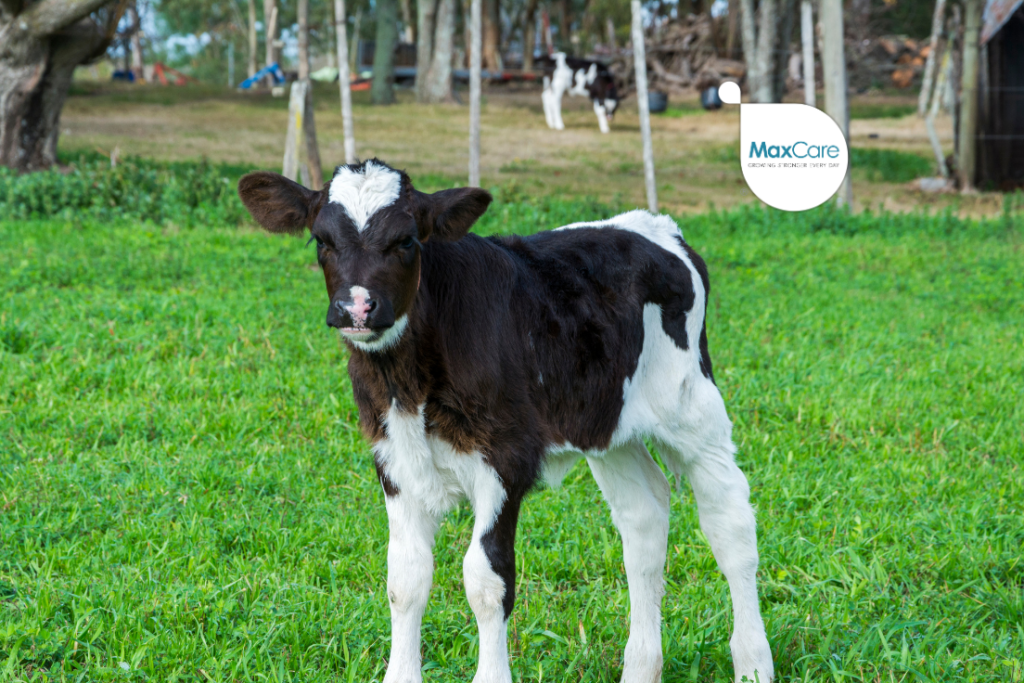As the calving season approaches, now is the opportune moment to meticulously plan and prepare for the upcoming challenges in calf rearing. Reflecting on your past calf rearing performance, consider these six pivotal factors to ensure a successful and thriving environment for your calves in 2024.
1. Calf Rearing Facilities: A Sanctuary for Growth
The foundation of successful calf rearing begins with a well-designed and hygienic facility. Ensure your calf rearing facilities are up to par for the 2024 intake:
- Suitable for the anticipated number of calves
- Offers protection from the elements, including wind and rain
- Promotes good air circulation while preventing draughts
- Equipped with absorbent and comfortable bedding for insulation
- Maintains a consistently clean environment through regular top-ups of bedding material
- Implements a thorough disinfection routine for rails, partitions, walls, and gates
- Develops processes to prevent disease spread among calves
- Plans pen layouts and procedures to minimize human entry into calf pens
- Ensures clean feeding equipment after every feed
2. Identification and Traceability: Keeping Accurate Records
Maintaining accurate and complete records is crucial for effective calf management. Pay attention to:
- Recording the date, sex, and dam ID number for each calf born on the farm
- Documenting any calving complications and health issues during rearing
- Clearly marking calves that receive specific treatments
3. Colostrum Management: Nourishing for a Healthy Start
Providing high-quality colostrum promptly after birth is essential. Follow these guidelines:
- Administer colostrum quickly, as the absorption of immunoglobulins (IgG) is limited to the first 24 hours
- Measure colostrum quality using a brix metre
- Mitigate contamination risks during collection and storage
- Aim for 10% of body weight as the target colostrum quantity
- (e.g., a 40kg calf needs 4 litres)
4. Nutrition: A Balanced Diet for Growth
Ensuring the proper nutrition for calves is vital for their growth and development. Consider the following:
- Provide appropriate amounts of milk or milk replacer and high-quality concentrate
- Offer access to fresh clean water from birth
- Maintain consistency in feeding volumes, times, and concentration and temperature of milk
- Use good quality milk replacers, considering nutrient density, source of nutrients, additives, quality control measures, and support
- Introduce small quantities of grain-based concentrates from day one
- Limit fiber to no more than 10% of the pre-weaning diet
- Monitor growth rates through regular height and weight measurements
5. Health: Disease Prevention as a Priority
Disease prevention is paramount for the well-being of your calves. Implement these health-focused strategies:
- Minimise exposure to infection
- Adopt a preventative disease program
- Reduce exposure of feces to pathogens
- Regularly monitor calf health and take swift action when needed
- Handle sick calves carefully to minimise infection of healthy ones
- Develop treatment protocols and ensure staff is well-informed
6. Weaning: A Gradual Transition
Weaning is a critical phase that requires careful management. Follow these guidelines:
- Ensure calves reach concentrate intake targets before weaning
- Monitor growth rates and concentrate intake during the weaning process
- Gradually implement the weaning process to ease the transition
For assistance in planning your calf rearing program, reach out to the MaxCare team. By implementing these key factors, you’ll be well-prepared for a successful calving season and the healthy growth of your calves.
Original article sourced from: MaxCare



